Kindle And Beyond: 15 E-Reading Devices, Apps
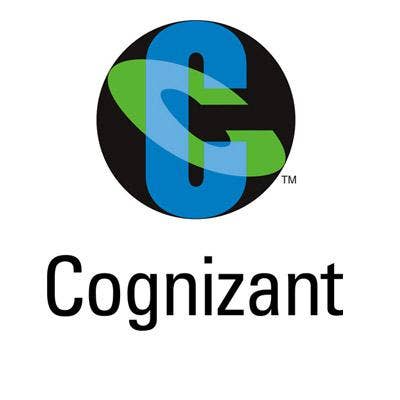
The Consumer Electronics Association estimates that about 538,000 e-readers were shipped in 2008, representing 235 percent growth in the market from 2007. While this week's unveiling of Amazon's Kindle 2 makes the device the hot item in e-readers, the Kindle's hardly alone in the expanding market for e-reading devices and applications.
Channelweb.com saved you the trouble of rounding them all up by taking a long look at what's out there.
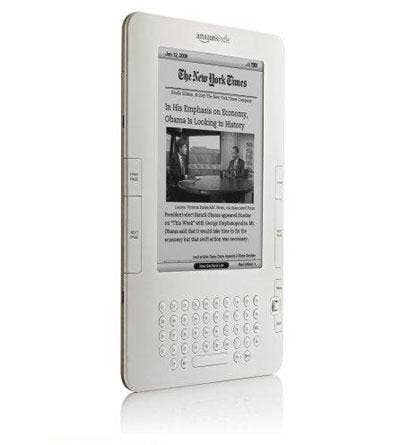
DEVICE: Kindle 2 DEBUT: February 2009 PRICE: $359
THE SKINNY: You've seen it. You've heard about it. You've read the spec sheet again and again. Kindle 2.0 was unveiled on Monday in New York by Amazon CEO Jeff Bezos, who turned up alongside author Stephen King for the big announcement.
SPECS: Kindle 2 weighs in at 10.2 ounces, downloads books in less than a minute and sports a 25 percent longer battery life than the original Kindle. It allows users to peek at newspapers from around the world, download up to 230,000 books and also access blogs and 22 magazine titles. Storage is greater than the earlier Kindle, with 2 GB overall (enough for 1,500 books) and 1.4 GB available for user content. Display-wise, Kindle 2 offers 16 shades of grayscale and has a "Read-to-Me" function that offers text-to-speech. Pages turn at a 20 percent faster rate than in the original Kindle.
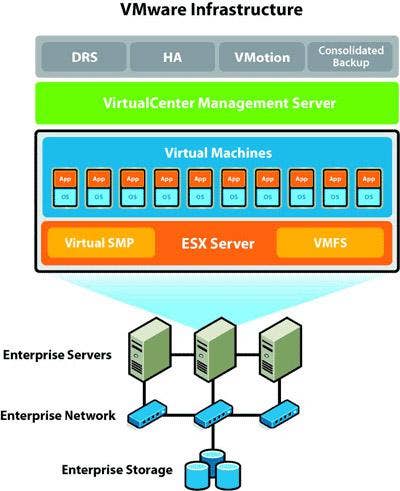
DEVICE: PRS-700 Reader DEBUT: October 2008 PRICE: $399
THE SKINNY: According to a Wall Street Journal report in December 2008, Sony announced it had sold 300,00 units of its device since the first of three Sony Readers debuted in October 2006.
SPECS: The latest entry to Sony's family of eBook readers, the PRS-700, includes a touch-screen and virtual keyboard -- something that was lacking in both the PRS-500 and PRS-505, the previous two Sony eReaders. Sony's PRS-700 is approximately 174.3 x 127.6 x 9.7 mm, weighs about 10 ounces, sports a 6-inch diagonal display with a 170 dpi/8-level grayscale resolution and contains 512 MB of memory. It uses a lithium-ion battery that allows 7,500 page turns per charge, and also has a built-in LED reading light. For Windows, Sony Reader contains Sony's proprietary Sony Connect (a.k.a. Sony eBook Library).
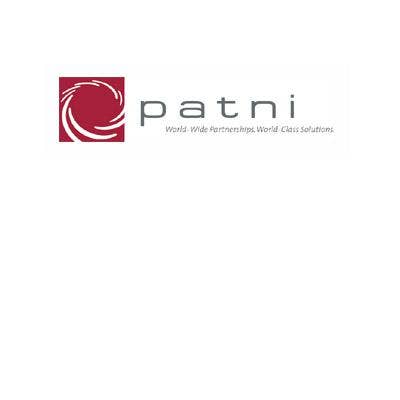
DEVICE: HanLin eReader DEBUT: October 2007 PRICE:$299
THE SKINNY Jinke, a Tianjin, China-based electronics manufacturer that boasts of having 10 years of experience in e-reading device design, has produced several versions of its HanLin eReader. One of its most popular is the HanLin eReader V3, and another model, the V9t, sports a screen size of 10 inches diagonal.
SPECS: The V3 operates on a Linux OS and includes format support for pdf, doc, wolf, mp3, html, txt and plenty of others. It comes with a charger, USB cable, earphone, battery and hand band, according to Jinke's Web site. The V3 has a six-inch e-Ink display containing 800 x 600 pixels and it supports four levels of grayscale. The V3 has an SD card on top with memory extension of up to 4 GB, and connects to a PC or laptop via USB cable. Jinke clocks the battery life as high as a month based on an average use of 300 pages per day.
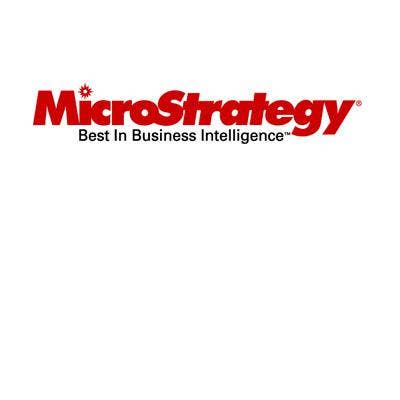
DEVICE: iRex iLiad DEBUT: July 2006 PRICE: $599
THE SKINNY: iRex is a Dutch company that rolled out the first version of its e-readers about two-and-a-half years ago. The company's three main offerings include the iLiad, which is designed for regular book readers, as well as the iRex iLiad 2nd Edition (which includes books, newspapers, documents and enabled Wi-Fi) and the iRex 1000 series (designed for business professionals who need to access a lot of digital documents). IRex's only North American dealer for its iLiad is eReader Outfitters.
SPECS: The iLiad is 8.5 by 6.1 by 0.63 inches, and sports a 768-by-1,024 resolution display and comes preloaded with 50 books, including canonical choices like Mary Shelley's Frankenstein, works by Jane Austen, Dostoevsky, Voltaire, Cervantes, Dickens, Shakespeare and others. The diagonal electronic paper display is 8.1 inches and supports 16 levels of grayscale. The iLiad uses an Intel 400MHz XScale processor with 64 MB of RAM, and allows 256 MB of internal Flash memory (128 MB available to the user and expandable via USB, MMC or CF cards). Exclusive to PCs, it supports five languages (Dutch, English, German, French and Spanish) and supports pdf, html, txt, jpg, bmp, png and MobiPocket prc.
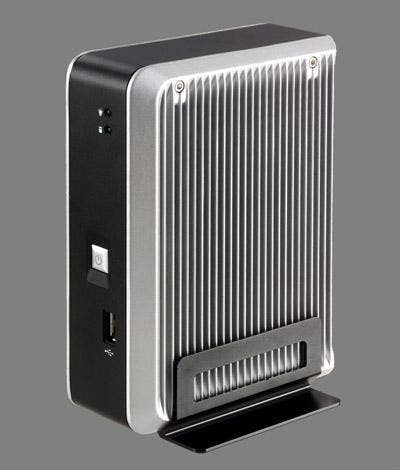
DEVICE: EB-100 DEBUT: March 2008 PRICE: Not available
THE SKINNY: Taiwan-based Netronix, which is part-owned by e-ink display manufacturer PVI, has six eBooks listed through its product site, including a five-inch electronic version, a six-inch electronic version and four six-inch wireless versions. It also announced the six-inch EB-100 and 9.5-inch EB-300 in March 2008, but since then, American and international tech bloggers have had trouble nailing down both their availability in North America and MSRP.
SPECS: Netronix's EB-100 readers operate on Linux 2.6 (all of Netronix's EB readers do, except for the EB-300, EB-600 Swiftie and EB-611 models, which operate on WinCE 5.0). Some models enable touch-screen, 802.11g Wi-Fi, Bluetooth and 3G wireless connection, and offer between 8,000 and 16,000 page turns' worth of battery life. The EB-100 itself offers 800 x 600 pixel resolution with 170 dpi and four levels of grayscale. Storage is an SD card expandable up to 4 GB, and SDRAM is 32 MB. Memory size is 128 MB NAND type Flash.
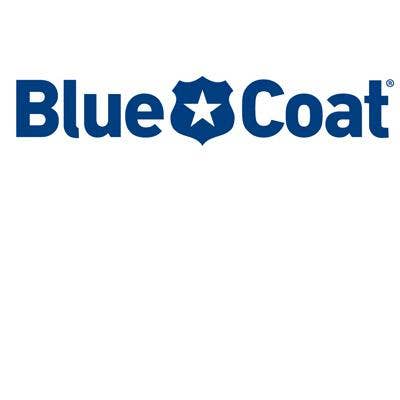
DEVICE: Cybook Gen3 DEBUT: October 2007 PRICE: $350 ($450 deluxe version)
THE SKINNY: Bookeen's founders designed their first Cybook as far back as 1998, and created Bookeen itself in 2003.
SPECS: The Cybook is 4.7 by 7.4 by 0.3 inches, and weighs 6.13 ounces. The screen is a 6-inch E Ink Vizplex screen supporting 600 x 800 pixels, 166 dpi, four grayscale levels, no backlight, and portrait and landscape modes. The OS is embedded Linux, and its software suite includes Bookeen multiformat eBook reader and support for jpg, gif and png image formats. It expands with an SD card slot, has a rechargeable built-in Li-Polymer battery with 8,000 screen refreshes per battery life and a Samsung S3C2410 ARM 920T processor. ROM memory is 8 MB, RAM memory 16 MB and storage memory 512 MB.
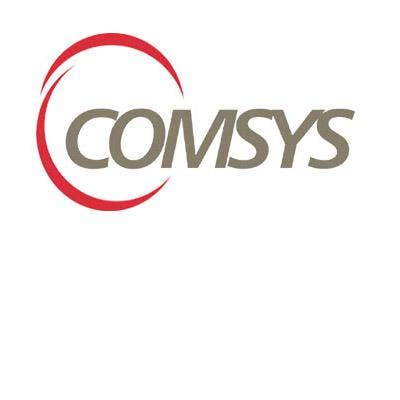
DEVICE: Fujitsu Frontech FLEPia DEBUT: Currently being tested PRICE: About $940
THE SKINNY: Fujitsu's electronic paper FLEPia solution is currently being tested with newspapers at restaurants in Japan, according to Japan's Nikkei daily and other news sources. Fujitsu's been working on the rollout for about four years.
SPECS According to the Nikkei, FLEPia itself is a mobile information terminal that incorporates color electronic paper. A report in Fast Company says it uses full color e-ink and is about three times bigger than most e-book devices out there, including the Kindle, and is thus being targeted to consumers who want large-view reading of magazines and media bigger than book type. FLEPia contains Windows CE5, sports an SD slot for memory expansion, contains Wi-Fi and USB 2 capability, and can go for 50 hours on a single battery charge.
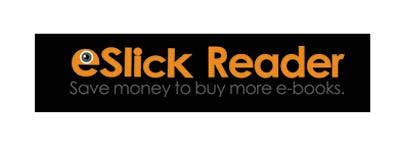
DEVICE: eSlick reader DEBUT: December 2008 PRICE: $299
THE SKINNY: Foxit's eSlick Reader met rave reviews when it was released in December and shown at CES, and the first set of eSlicks sold out. The company is currently establishing OEM customers and reseller partners, who are invited to contact the company.
SPECS:: The eSlick has a built-in mp3 player and is 7.4 by 4.7 by 0.4 inches and weighs in at about 6.4 pounds. It connects via USB 2.0, operates on embedded Linux and supports pdf, txt and mp3 formats. Internal memory is 128 MB, storage memory includes an SD card slot and supports up to 4 GB (2 GB included), and it sports a Samsung S3C2400 ARM 400MHz processor.
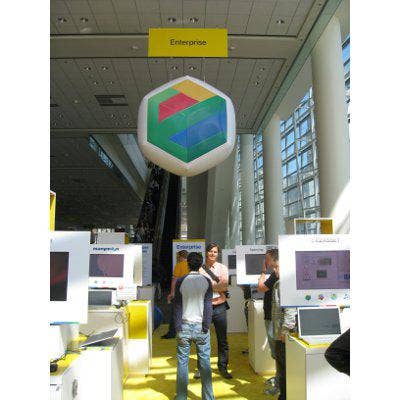
DEVICE: Readius DEBUT: Announced February 2008, yet to hit the market PRICE: Unannounced
THE SKINNY: Polymer Vision, a Dutch company, bills Readius as the "world's first pocket eReader," and it offers a rollable ("foldable") display, with a five-inch screen that actually folds out from the body of the device. Readius doesn't have a specific launch date beyond sometime in 2009. Polymer Vision offers an e-mail sign up through the Readius Web site to receive updates on when, through which channels and in which countries Readius will be made available.
SPECS: The Readius offers 30 hours' worth of battery life (about 7,500 page refreshes), a five-inch display and 16 levels of grayscale. The diagonal display size is 5 inches and it refreshes at a rate of 0.5 seconds, with QVGA 320 x 240 resolution. It operates on Microsoft's WinCE, sports 128 MB of RAM, 256 MB of internal storage and offers a high-capacity micro SD for extendable storage.
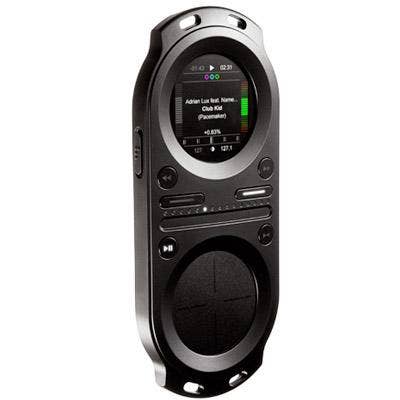
DEVICE: Plastic Logic Reader DEBUT: Late 2009 (select partners), 2010 (general release) PRICE: Unavailable
THE SKINNY: According to a Feb. 9 article in the New York Times, Plastic Logic is a start-up and announced plans for a 10.7-inch diagonal electronic display e-reader that's larger than the screens of both the Kindle and the Sony Reader. Executives from the company told the Times that the device is intended less for mass consumption and more for business professionals.
SPECS: Beyond the 10.7-inch display, not much is known.
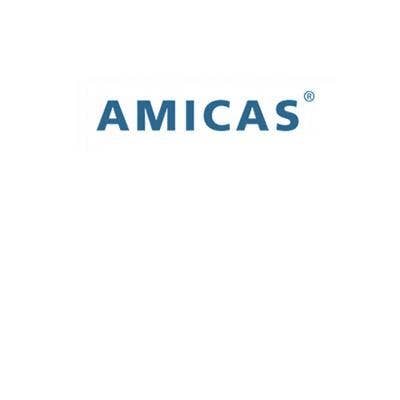
DEVICE: BeBook eReader DEBUT: May 2008 PRICE: $279
THE SKINNY: BeBook comes from Endless Ideas, BV, a Netherlands-based manufacturer of home and office electronics. BeBooks are purchased direct through the BeBook Web site. The company does offer reseller opportunities for BeBooks as well.
SPECS: BeBook champions are high on the fact that the reader supports a constellation of file formats (including pdf, txt, fb2, doc, html, gif, tif, rar, zip, mp3 and others) and has language support for English, French, Spanish, German, Dutch, Chinese, Russian, Greek, Japanese, Korean and five others. The BeBook includes 512 MB of internal memory and an SD card slot. It conforms to an open software standard and comes with a 1-year warranty. One battery charge gets you 7,000 page turns.
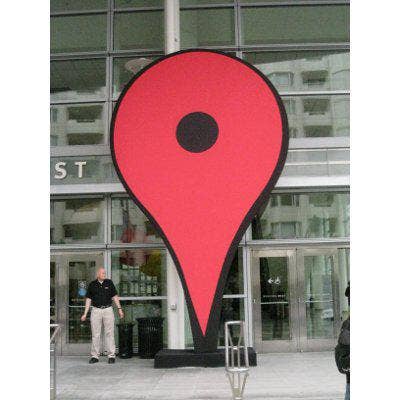
APP: Shortcovers DEBUT: February 2009 PRICE: Free download
THE SKINNY: Indigo Books & Music operates a chain of book stores in Canada, but its digital book platform, Shortcovers, has been tested for Apple's iPhone and is reportedly also being targeted for Microsoft mobile handsets, the Google Android smartphone and RIM's BlackBerry devices as an e-reader application.
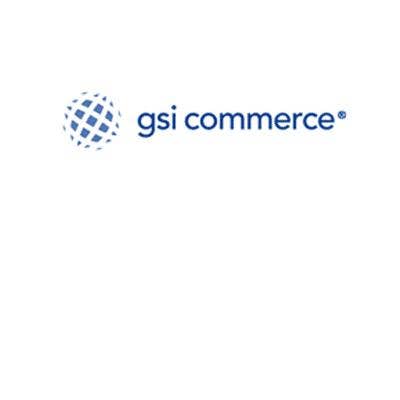
APP: Google Book Search DEBUT: October 2004 PRICE: Free
THE SKINNY: Google Book Search goes back arguably to the creation of Google in the mid-1990s, or at least 2002 when book digitization efforts like Project Gutenberg were underway. The former "Google Print" was renamed Google Book Search in 2005, and in its current incarnation uses optical character recognition to convert scanned Google books into readable text. Available items include 1.5 million public domain works and out-of-copyright items. Through using the Google Book Search, consumers turn iPhones, Androids and other smartphones into e-reading devices. Google Book Search was earlier this month upgraded to include a mobile-specific version.

APP: Microsoft Reader DEBUT: August 2000 PRICE: Free
THE SKINNY: Microsoft Reader is also a freebie, and enables Windows-based devices to display e-books downloaded from online stores. The application includes ClearType display technology, a search function, a notes function, variable font sizes and electronic bookmarks, a drawing function, landscape and portrait modes for tablet and pocket PCs, and other features.
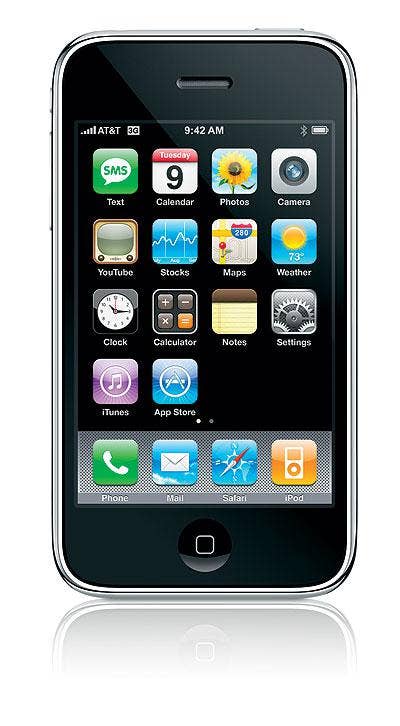
APP: eReader DEBUT: 1998 PRICE: Free
THE SKINNY: EReader is a freeware program from electronic book publisher eReader.com that comes in versions for Palm OS handhelds, iPhone, iPod touch, Nokia smartphones, Symbian, Windows Mobile Pocket PC/Professional, Windows Mobile Smartphone/Standard, desktop Windows and Mac. It sports bookmark, footnote and e-book producing features like Dropbook. Consumers can purchase e-books through eReaders' Web site, which also offers a number of free books.
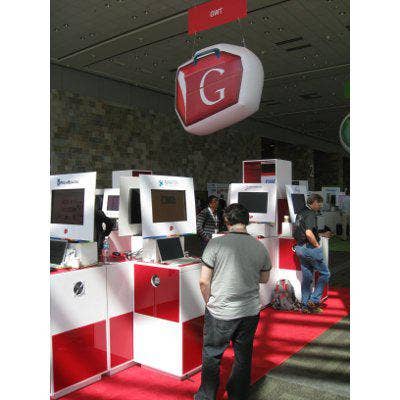
THE SKINNY:: GottaBeMobile.com was one of the first mobile device blogs to shoot over some impressions and specs of Samsung's e-ink device, the Papyrus, which Samsung brought to its booth at CES in January. GottaBeMobile described the device as having "pen lag on note-taking" that was "vastly improved over the iRex iLiad," and "response was zippy and the built-in apps seemed to be reasonably intuitive." No word on price or availability, GottaBeMobile reported. The blogger guessed the screen to be about five or six inches.
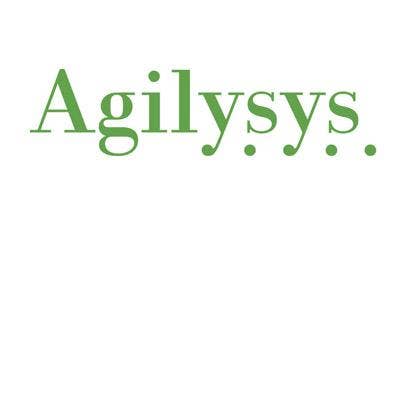
THE SKINNY Rumors have swirled that Apple would develop its own e-book reading device ever since Apple CEO Steve Jobs offered cryptic comments to the New York Times in a much-cited interview from January 2008. Plenty of e-book applications work on the iPhone, but a number of tech bloggers since Jobs' Times interview a year ago have repeatedly tried to nudge Apple on whether an Apple eBook reader is far off -- or totally unfounded.